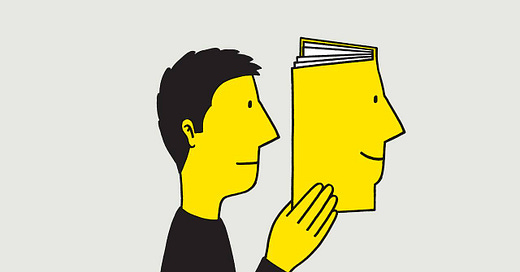Fitting light to paper, hot messes, the reader effect, and snail mail 🐌
"Not reading stories is like being deprived of emotional, social and cultural oxygen."

Keep reading with a 7-day free trial
Subscribe to I Read A Lot to keep reading this post and get 7 days of free access to the full post archives.



